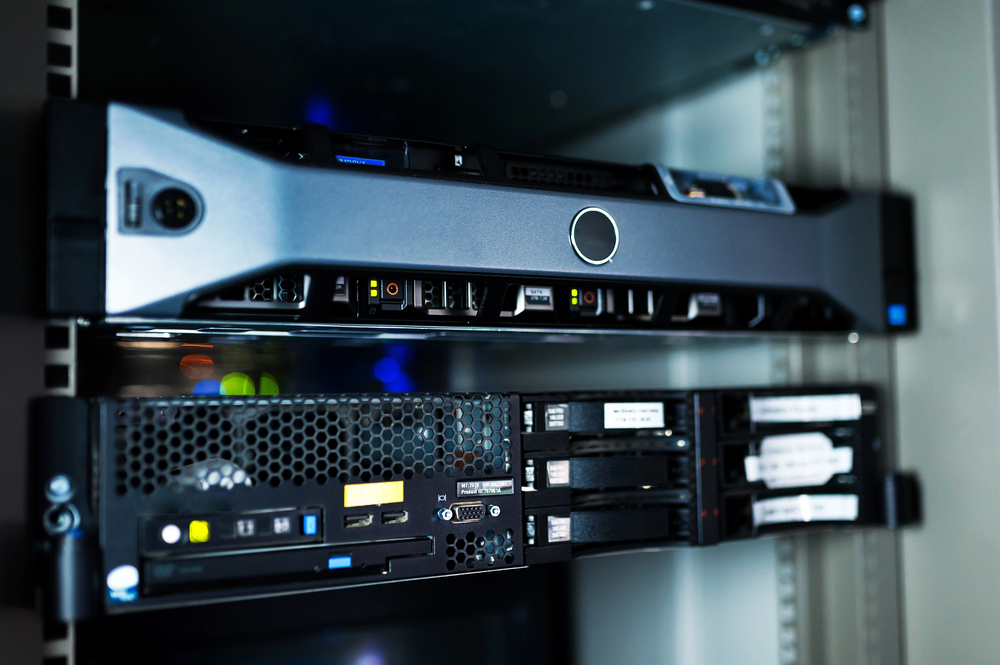
Implementation of RPA technology involves the deployment of software robots that execute recurring clerical tasks; bots are complemented with AI can streamline even more complex activities. Businesses are adopting RPA at an increased pace: the 2024 forecast from Precedence Research states that the RPA market, which has reached $18.41 billion in 2023, will grow at a CAGR of 25.7% from 2024 to 2033.
What lies behind the increasing popularity of RPA among industries? By adopting the technology, companies can reap numerous RPA benefits, and the most notable one is reduced operational cost. As an example, 52% of financial services organizations surveyed by SMA Technologies in 2024 stated automation helps them save at least $100,000 annually.
This article explores how RPA enables companies to reduce their business costs.
Streamlining Workforce Productivity
Companies spend vast financial resources on human labor. Among all cost factors (recruiting and training costs, payroll taxes, etc.), employee compensation takes up the greatest share. The average compensation cost for private sector workers reached $43.78 per hour by March 2024, as stated by the Bureau of Labor Statistics, and this figure is even higher in the public area. Therefore, even one employee can cost over $100,000 per year.
Unfortunately, employees have to spend many paid work hours on clerical tasks, which don’t considerably impact a company’s bottom line. Thus, many of these and other labor costs do not pay off. The recent Slack Workforce Index shows that, on average, employees spend at least a third of their workdays on activities they consider low-value.
Companies can solve this challenge by implementing RPA bots and delegating a wide range of repetitive and time-consuming tasks to them. These can involve rule-based activities, including data input or extraction, and even high-value tasks, such as customer communication or fraud detection if bots are complemented with AI.
Raben Group, a Dutch-based logistics services provider, manages 1.6 million square meters of warehouse space and 12,000 employees globally. The company has deployed over 200 RPA automations to optimize multiple processes, including the generation of spot offers for customers. In one year, automation has saved the company 78,815 employee workdays and over €6 million.
Enhancing Data Quality
More than 50% of respondents to the 2023 survey commissioned by Monte Carlo Data believe that data quality issues negatively affect a quarter or even a more significant part of their revenues. According to the same study, companies can lose $3 for every $10 in revenue due to poor data quality.
A company can implement RPA bots to automate manual error-prone processes, such as data entry and output, thereby reducing the number of data errors. In the long run, the implementation of RPA allows companies to improve their data’s accuracy, relevance, and reliability and avoid expenses related to poor data quality.
Companies can further improve data quality by applying specific data processing rules to their automation scenarios. For example, a bot can be programmed to check and validate the data it works with in order to identify missing and duplicate data. If the bot discovers data issues, it can flag the affected data set and thus signal a human worker to check it.
Numerous real-life implementation examples prove the positive effect of RPA on data quality. For instance, Siemens deployed an AI-powered bot to detect and fix incorrect tax codes among its purchase orders. The bot helped the company mitigate manual tax code checks and achieve 95% tax code accuracy, which resulted in enhanced procurement efficiency.
Ensuring Regulatory Compliance
A company that cannot ensure the compliance of its work processes with global or industry-specific standards risks losing its business reputation and getting a large fine from regulators. Fortunately, companies can overcome regulatory compliance challenges by implementing RPA technology.
A bot can automatically collect financial records required for an internal financial audit across various repositories and merge data from these records into a single dataset to simplify further analysis. By assisting auditors with this monotonous and exhausting task, bots allow human specialists to focus on their direct duties, namely identifying discrepancies in financial documents.
In addition, the bot can automate KYC and AML processes and help a company ensure compliance with FINRA requirements. For example, a bank can implement an AI-powered bot to conduct comprehensive checks of client data before providing financial services. It can automatically scan documents, extract relevant client data, and compare it with government or corporate databases to identify and flag discrepancies.
HBL, Pakistan’s largest bank with over 1,700 branches and 37 million customers worldwide, has deployed over 100 RPA automations in recent years. The bank has automated a wide range of processes, including sanction screening for new customers. The automation has helped the bank achieve a 98% accuracy of sanction screening checks while saving 341,000 working hours annually.
Improving Cybersecurity
Data breaches are becoming highly costly to businesses. IBM’s recent report revealed that by 2024, the average cost of a data breach reached $4.88 million globally.
Companies can avoid these devastating financial losses by implementing RPA bots that are complemented with AI capabilities. The same IBM’s report states that companies using automation and AI in cybersecurity can save an average of $2.22 million annually.
There are multiple use cases for RPA in cybersecurity. For instance, AI-enabled bots can monitor user transactions and interactions in different software systems and detect any anomalies to identify cyber threats in real time. These can include fraudulent transactions, compromised user accounts, or DDoS attacks.
If a bot discovers a security incident, it can automatically take simple actions as an initial response. For example, if a bot detects a file infected with malware in a company’s data storage, it can swiftly quarantine it and alert the security team about the incident.
Depository Trust and Clearing Corporation (DTCC), an American financial services organization, implemented RPA to manage cyber risk more efficiently. After the implementation, the company reported numerous cybersecurity improvements, including 80% quicker discovery of intrusion events and 96% faster detection of malicious URLs.
Final Thoughts
RPA technology enables companies to automate a wide range of tasks and thus become more cost-effective. Enhanced employee performance, data quality, regulatory compliance, and cybersecurity are the key outcomes of RPA adoption that lead to the optimization of business costs.
To maximize technology adoption ROI and propel its cost-saving impact, a company can consult with third-party experts before starting its RPA initiative. An experienced RPA consultant will help define the right implementation approach, deliver an adoption roadmap, and build a future-proof, easy-to-scale RPA solution.
Find a Home-Based Business to Start-Up >>> Hundreds of Business Listings.














































